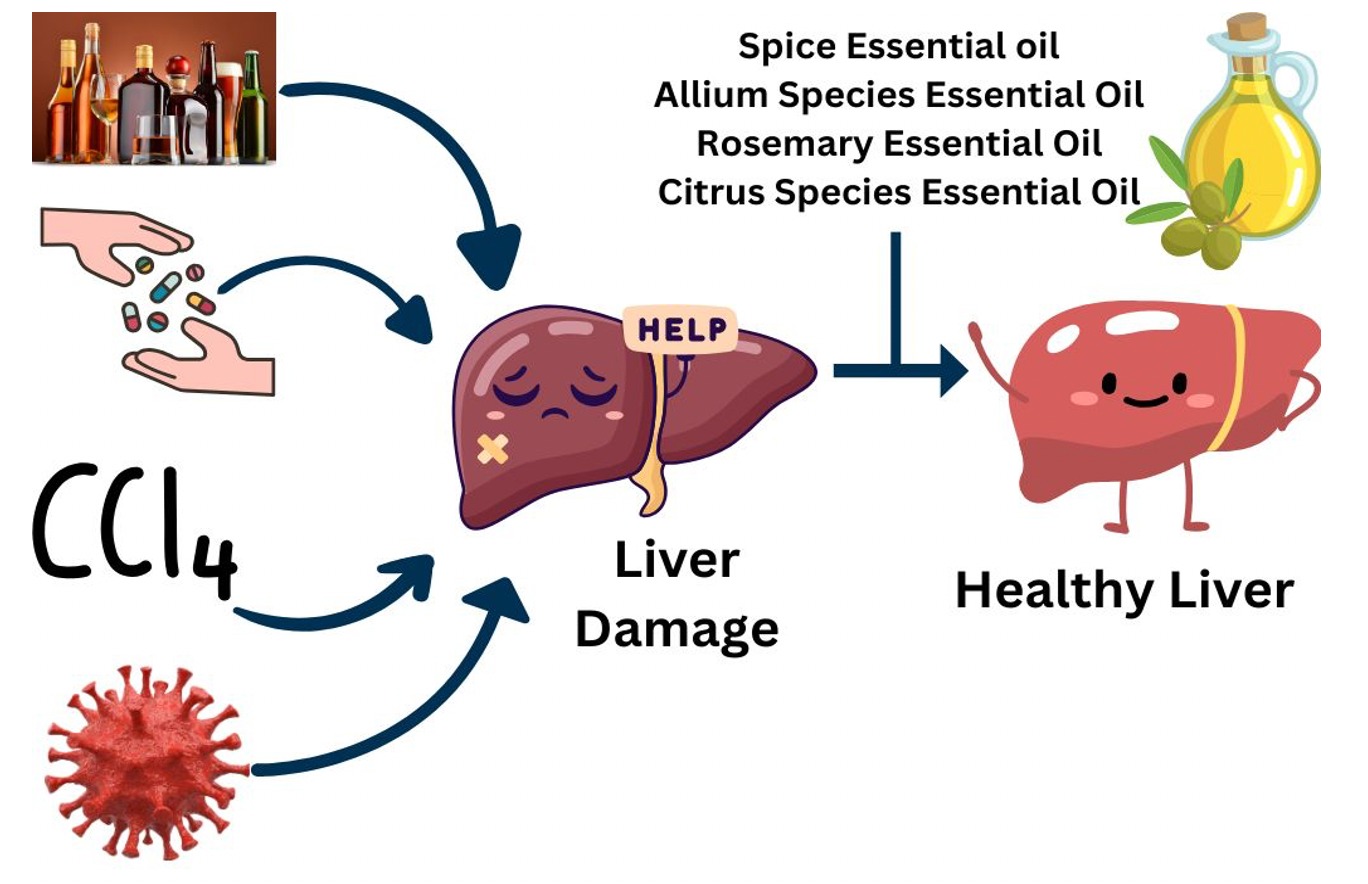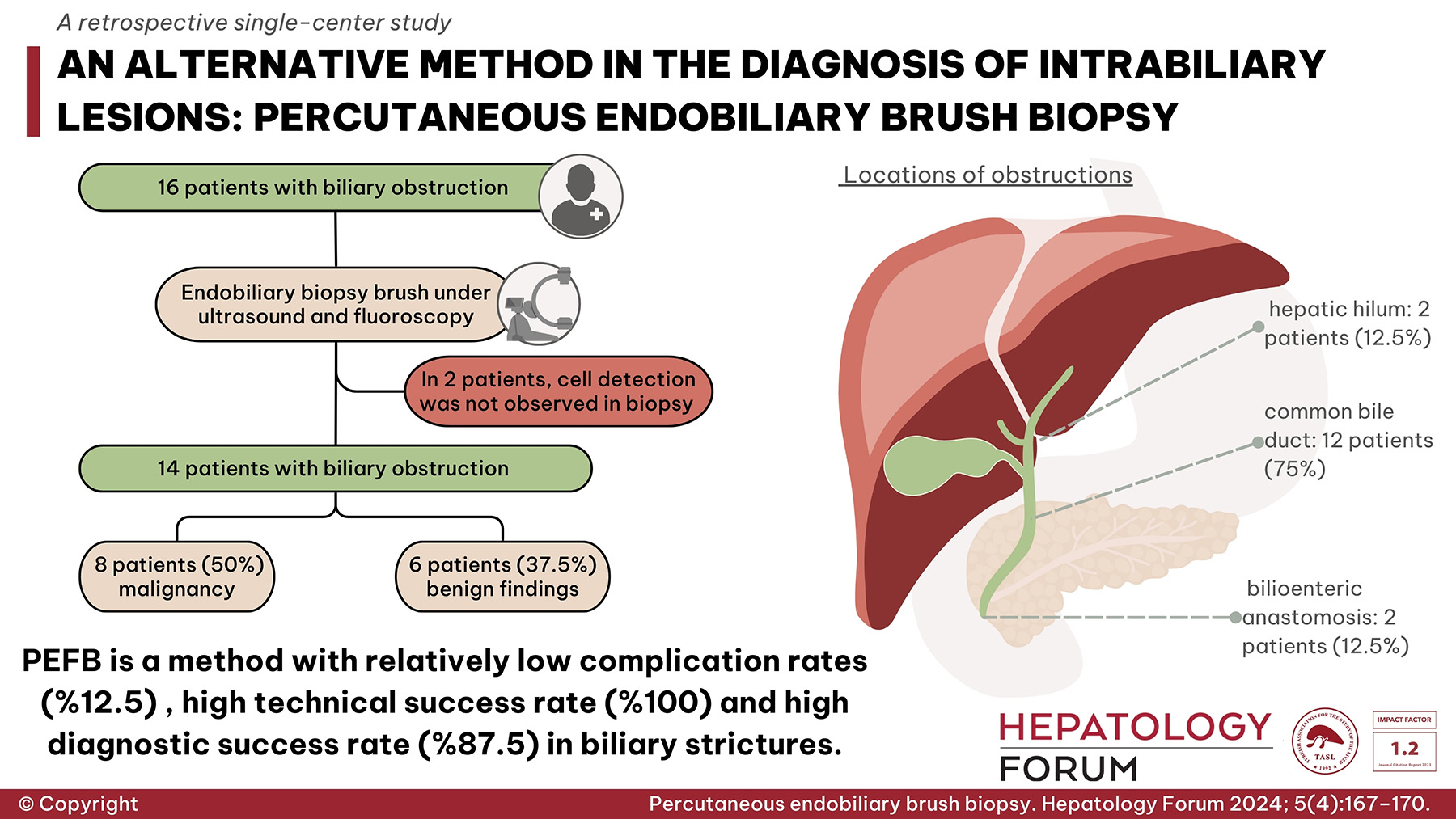2Department of Medicine, Boston Medical Center - Brighton, Massachusetts, USA
3Department of Radiology, Boston Children’s Hospital, Harvard Medical School, Massachusetts, USA
4Division of Gastroenterology and Hepatology, School of Medicine, Saint Louis University, Missouri, USA
5Brown University Warren Alpert School of Medicine, Providence, Rhode Island, USA
6Department of Gastroenterology, School of Medicine, Gazi University Ankara, Turkiye
Abstract
Endoscopic ultrasound (EUS) is being increasingly used for both diagnostic and therapeutic purposes in various settings in gastroenterology and hepatology. Similarly, it has also been adopted in liver transplantation (LT), and its utilization is steadily increasing. EUS strengthens LT care in both the pre-transplant and post-transplant periods. Specifically, EUS is valuable in the evaluation of liver parenchyma, portal hypertension assessment and variceal management, tissue sampling when percutaneous or transjugular approaches are contraindicated or impractical, detection and characterization of hepatic and nodal metastases—thereby refining staging and sometimes even eligibility for LT—management of postoperative collections, and enabling biliary and pancreatic interventions in altered anatomy by creating access routes. In this review, we discuss these applications of EUS, along with its current limitations and its evolving role in the setting of LT.





 Can Cindoruk1
Can Cindoruk1 









